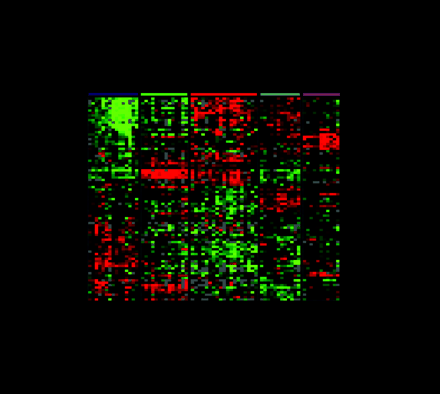Expression Array Technology in the Diagnosis and Treatment of Breast Cancer
- 1Departments of Surgery and
- 2Genetics Stanford University School of Medicine Stanford CA 94305 and
- 3Department of Genetics Norwegian Radium Hospital University of Oslo, Oslo, Norway.
- SSJ. E-mail ssj{at}stanford.edu; fax 650-498-6250.
Abstract
The most common group of cancers among American women involves malignancies of the breast. Breast cancer is a complex disease, involving several different types of tissues and specific cells with various functions, that is categorized into many distinct subtypes. Microarray analysis has recently revealed that different biological subtypes of breast cancer are accompanied by differences in their specific gene expression profile. Because breast tissue (and breast cancer) is heterogeneous, microarray analysis may provide clinicians with a better understanding of how to treat each specific case. Thus, microarray analysis may translate basic research data into more confident diagnoses, specifically designed treatment regimens geared to each patient's needs, and better clinical prognoses.

- © American Society for Pharmacology and Experimental Theraputics 2002



